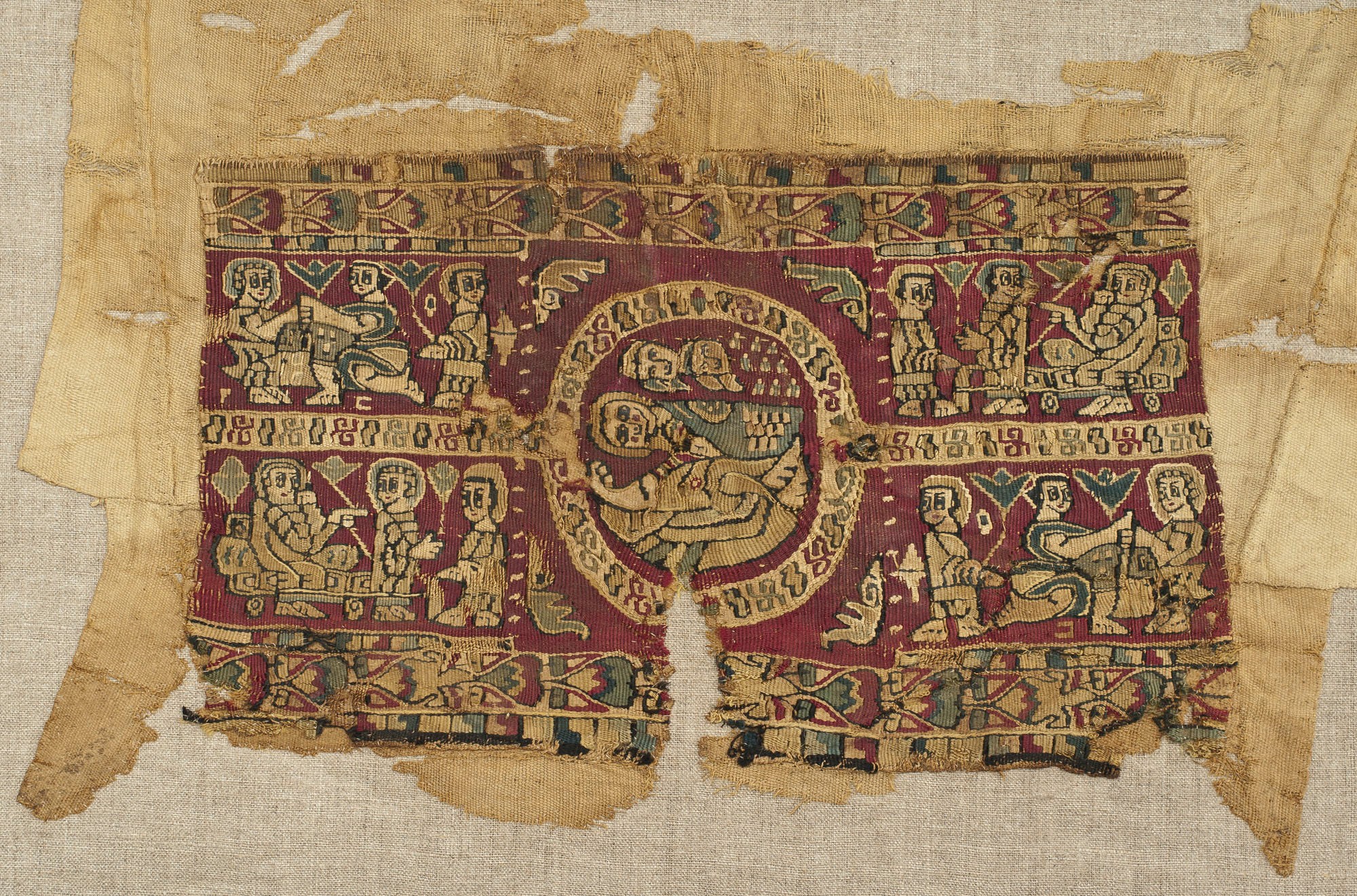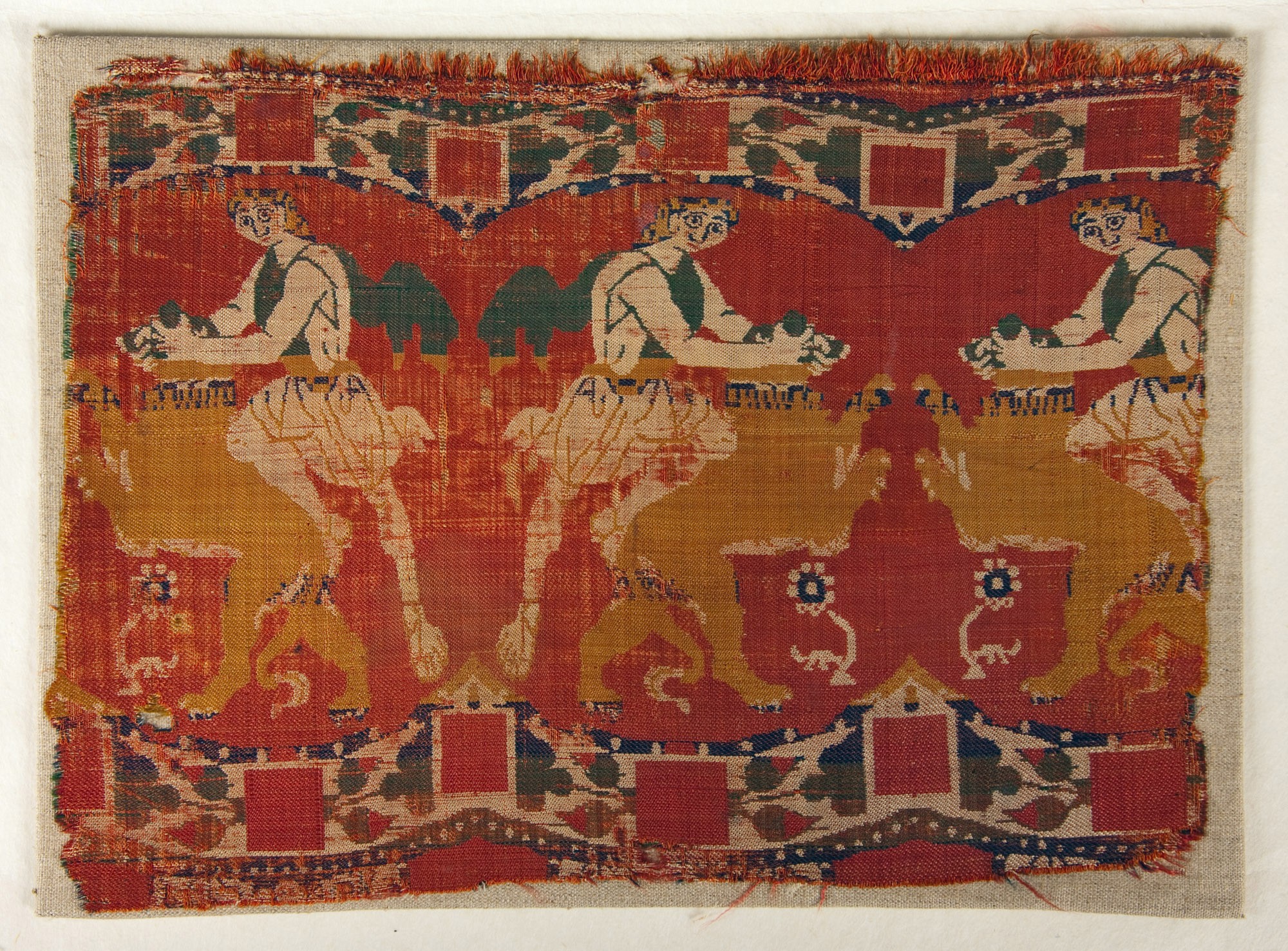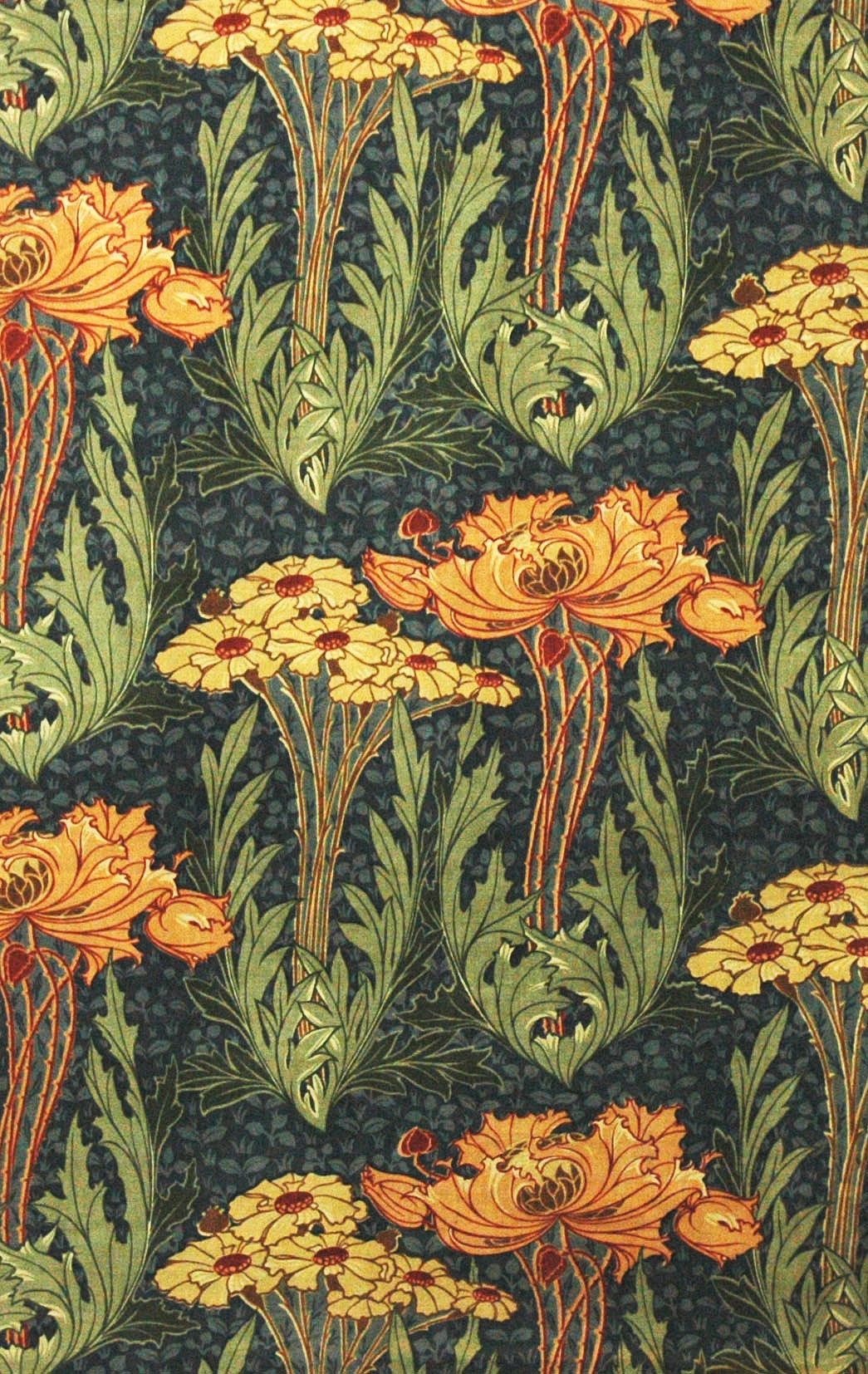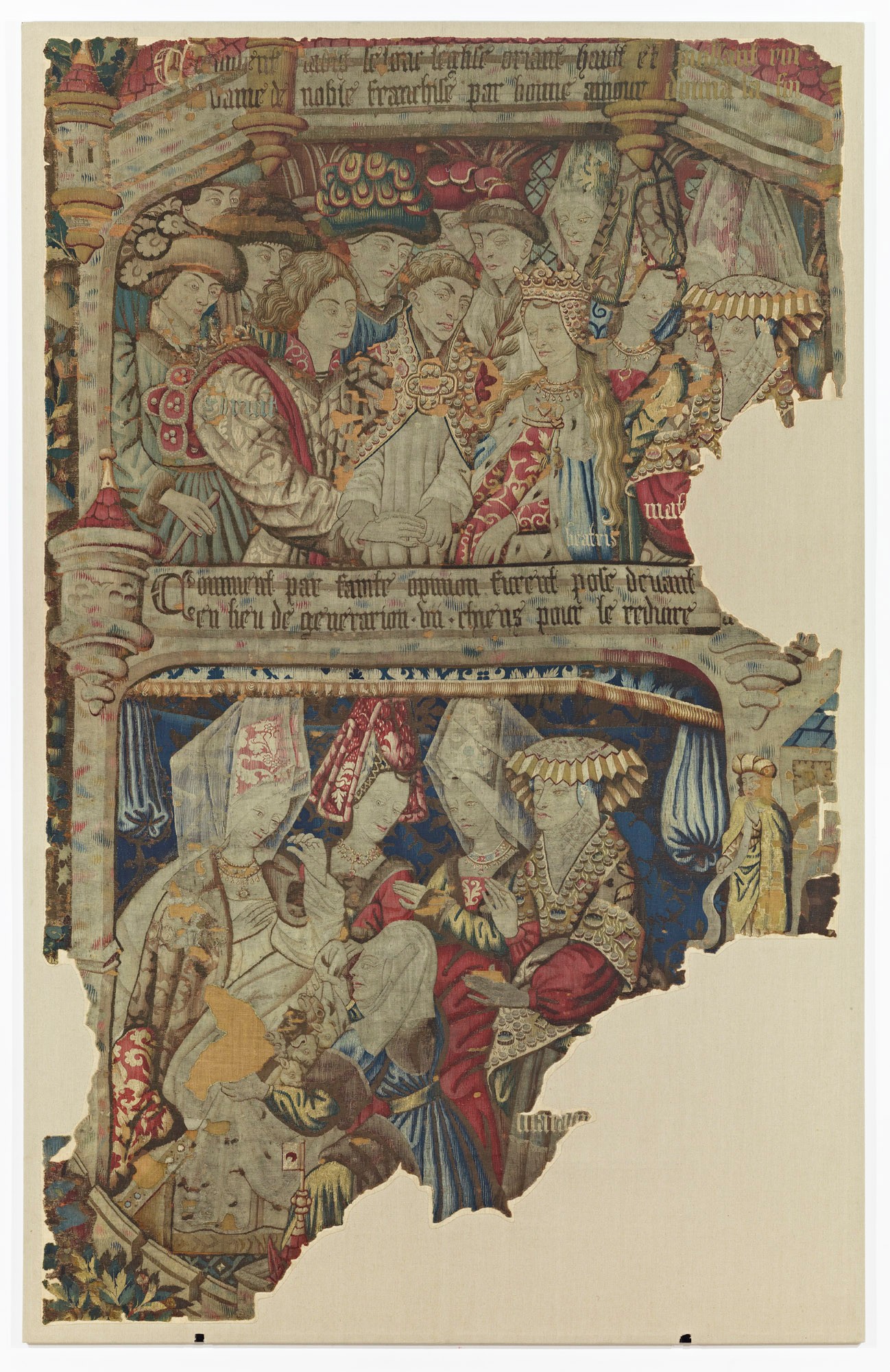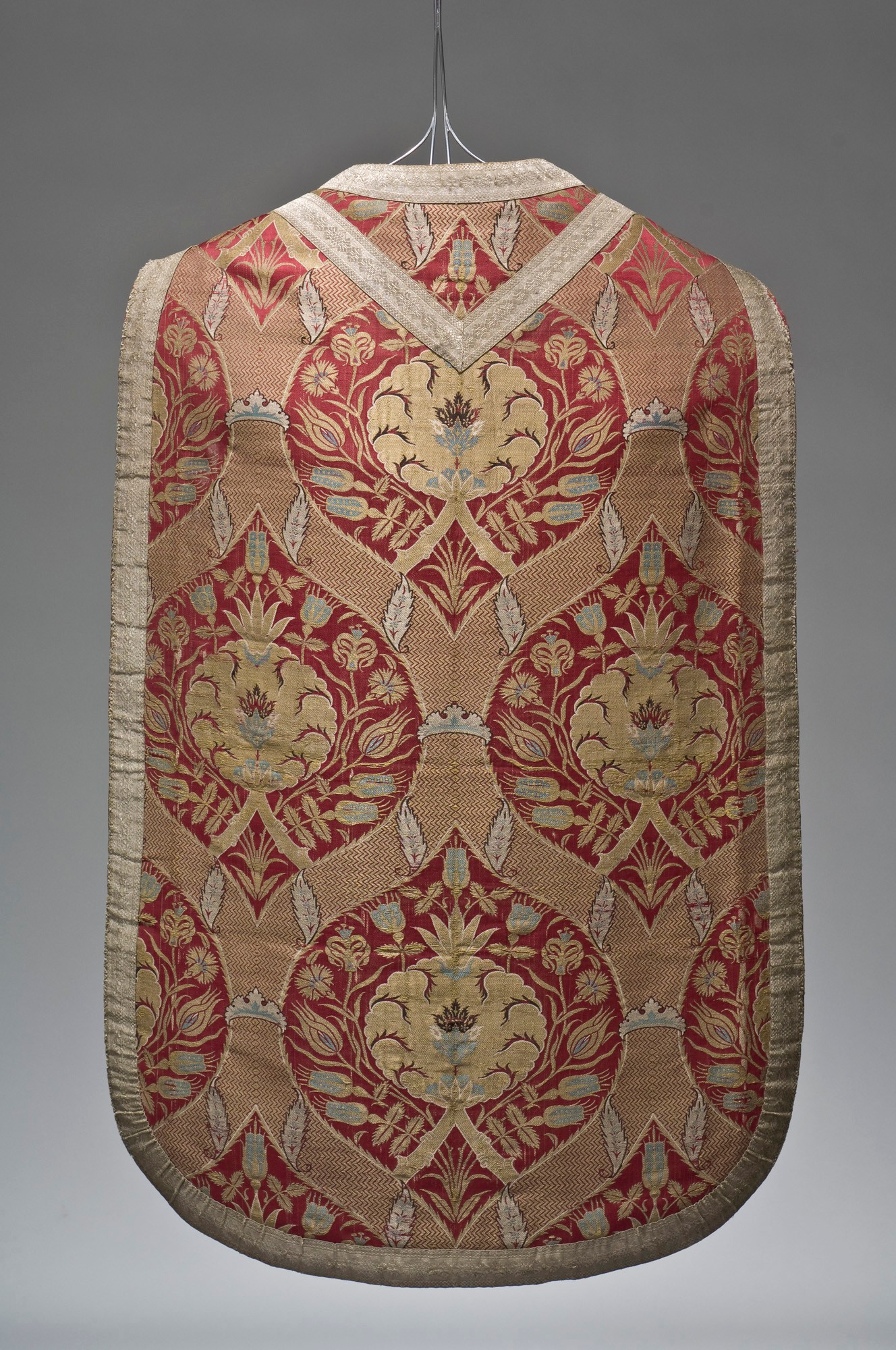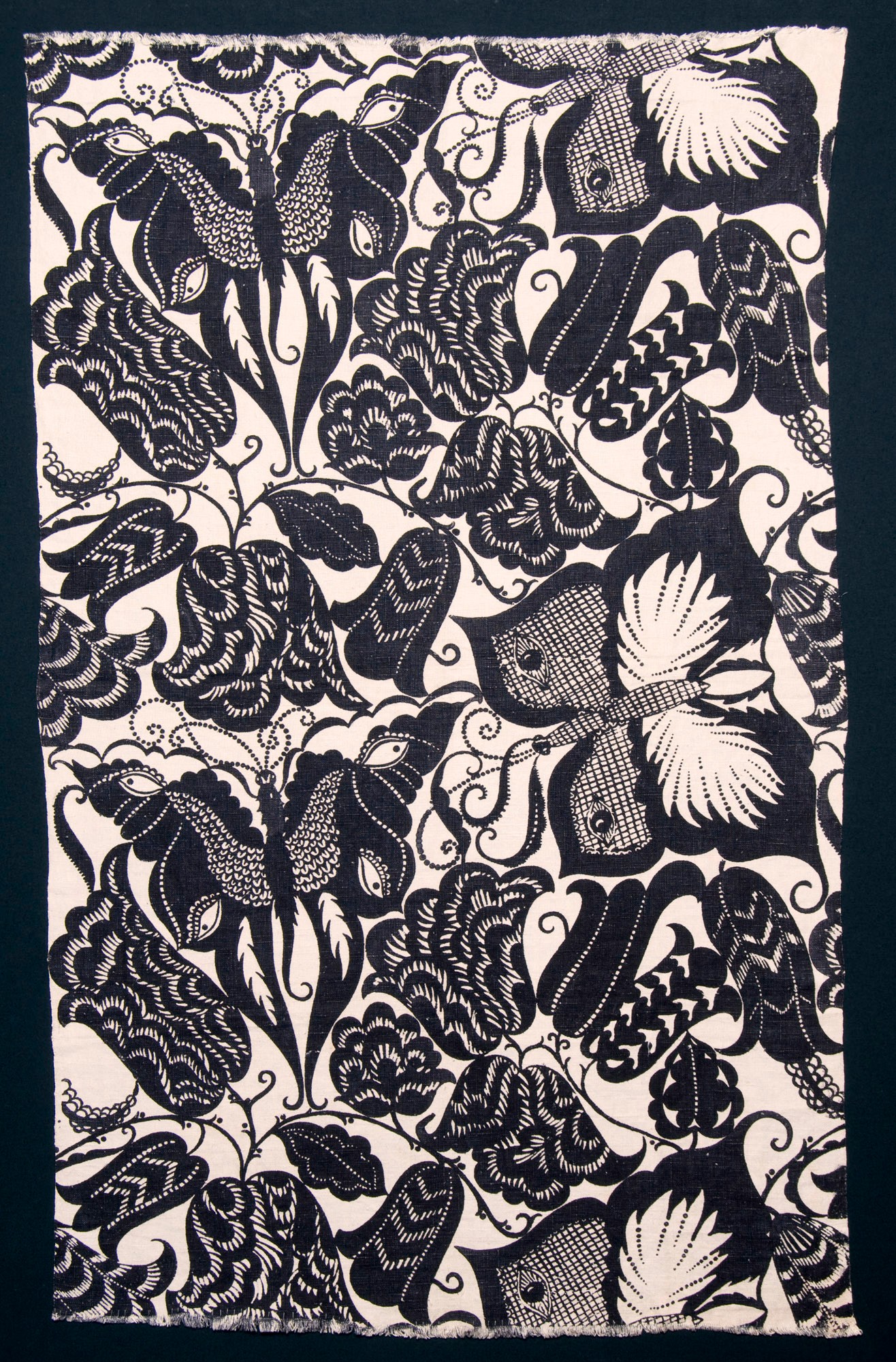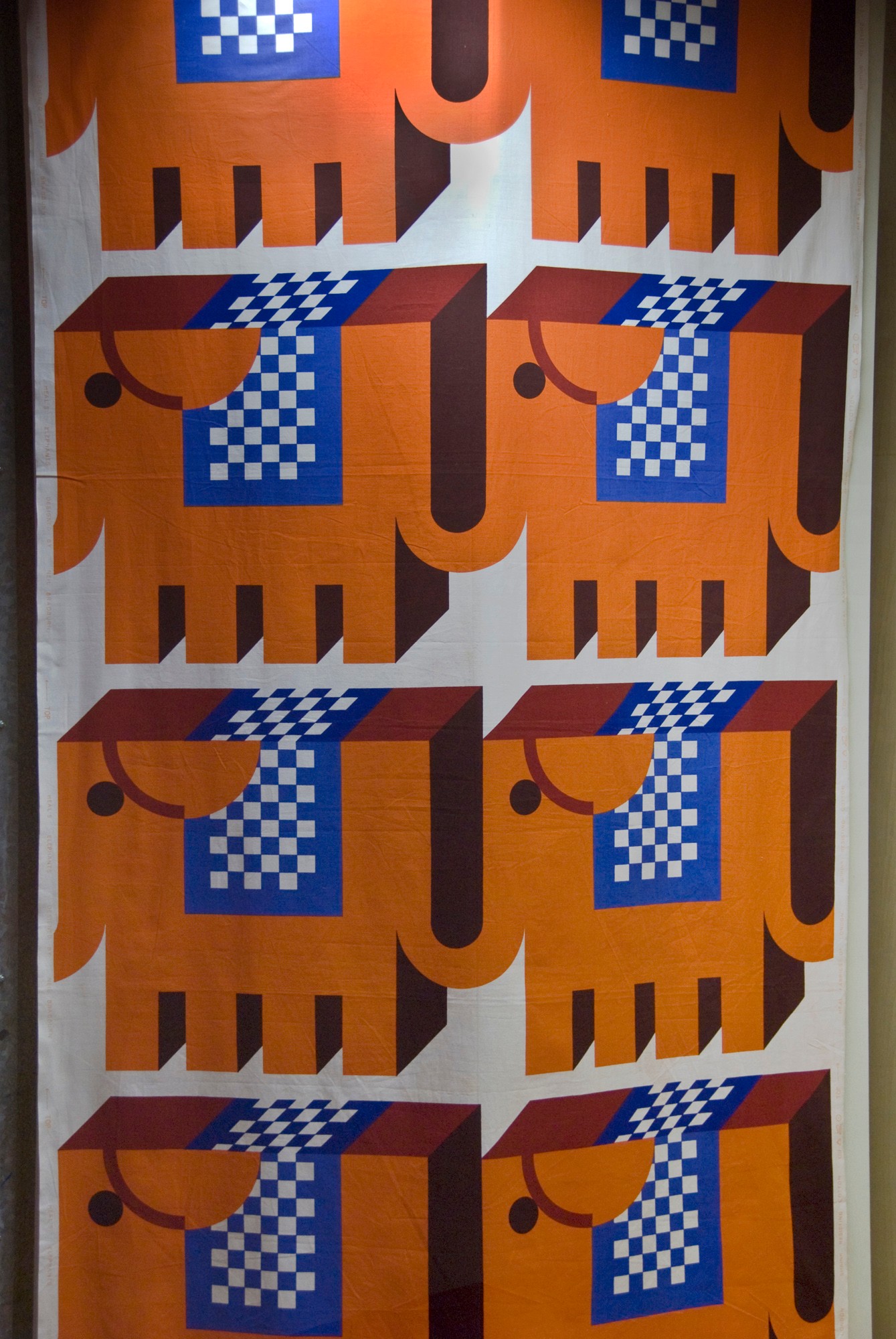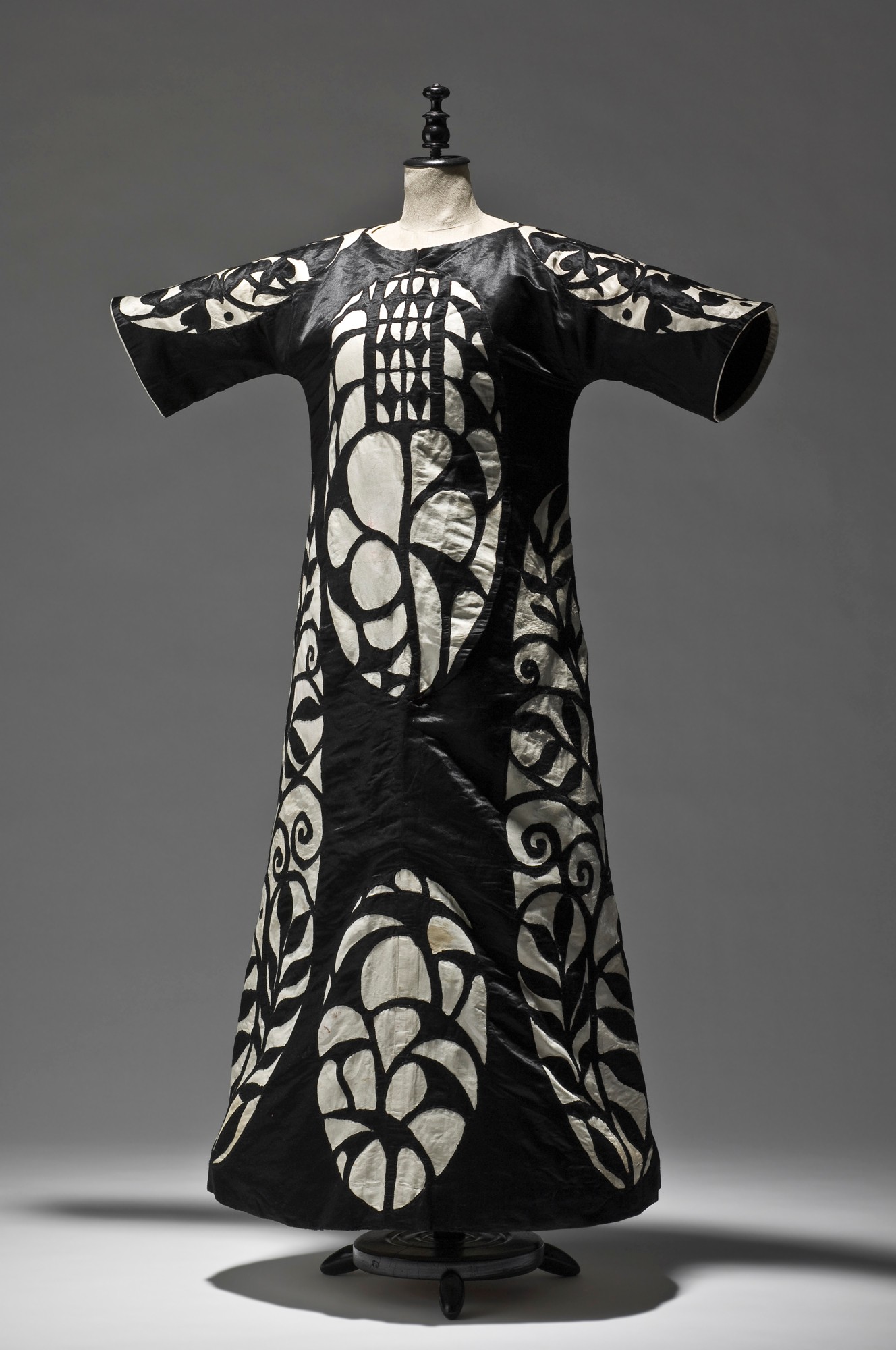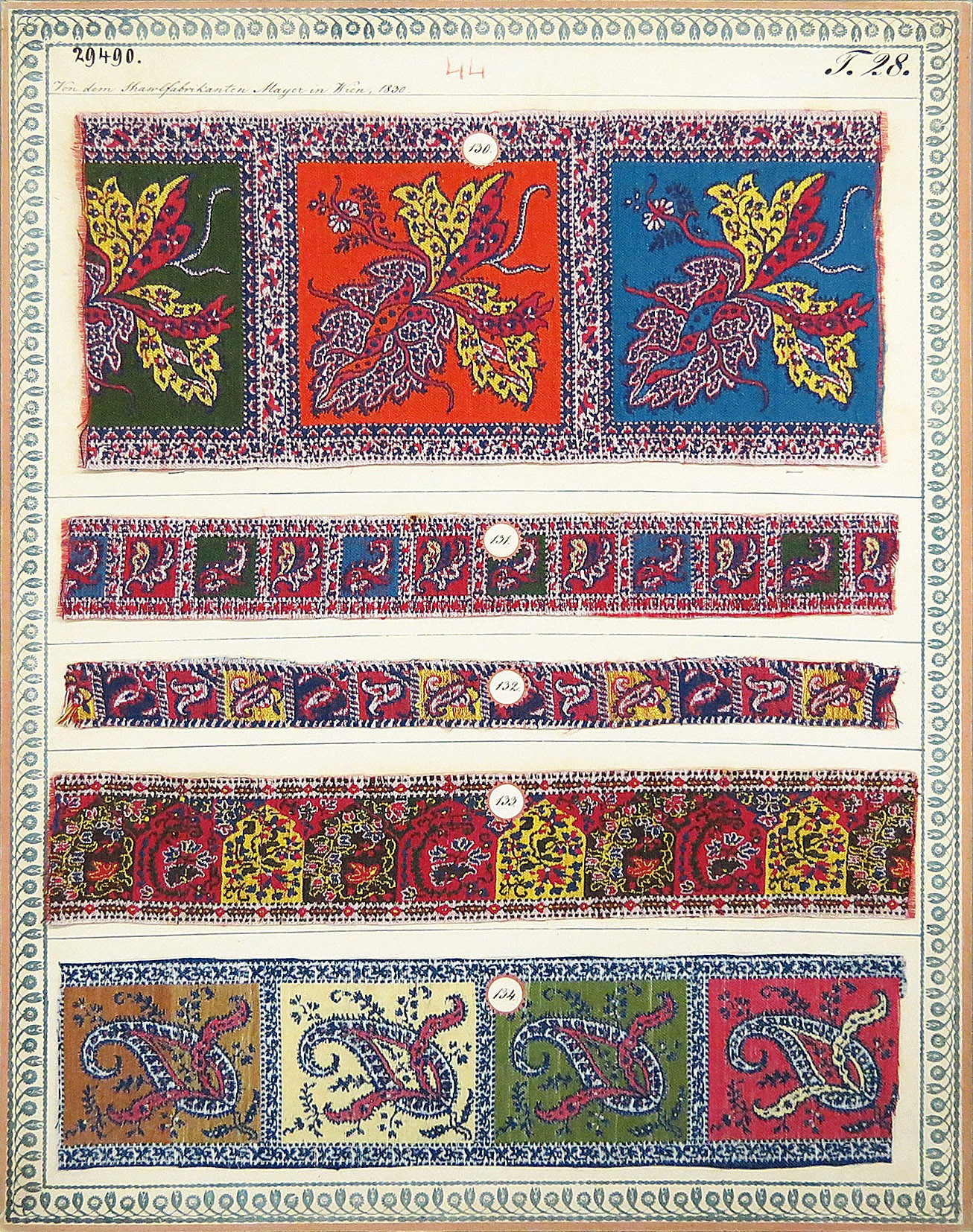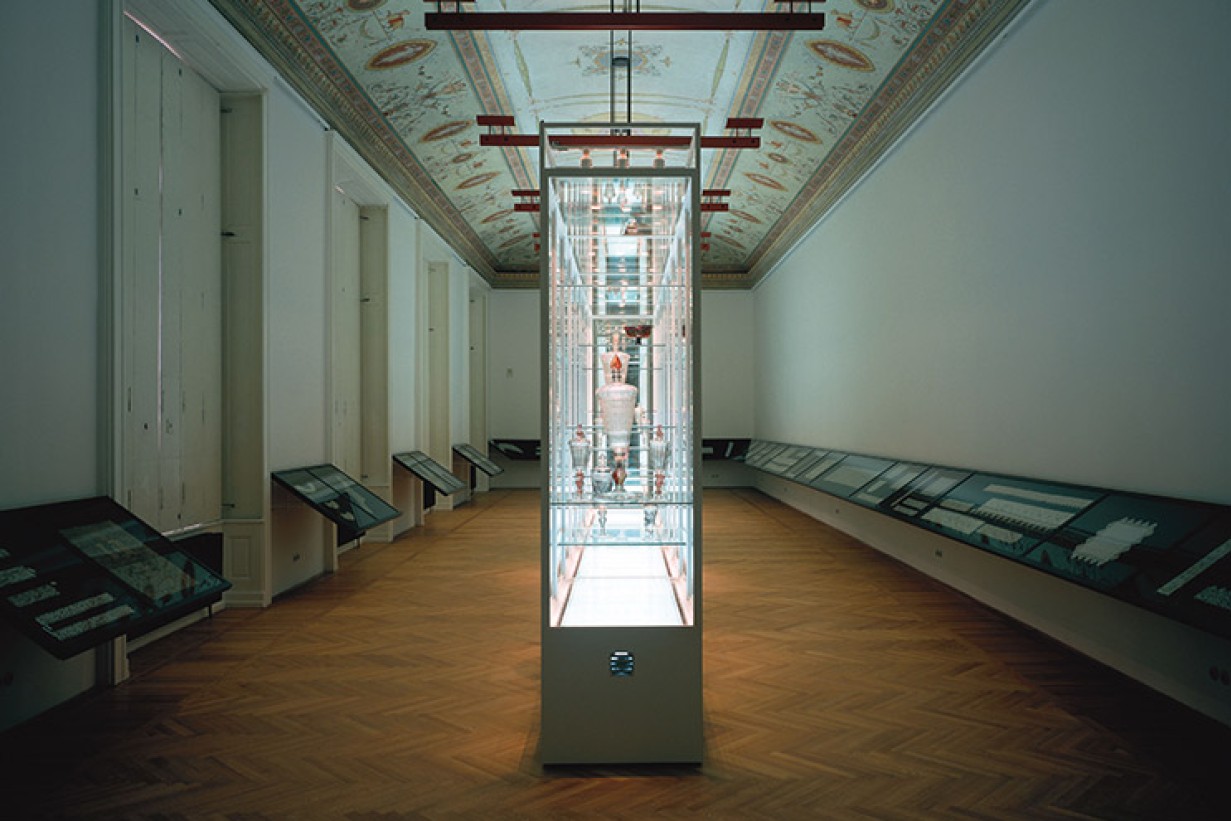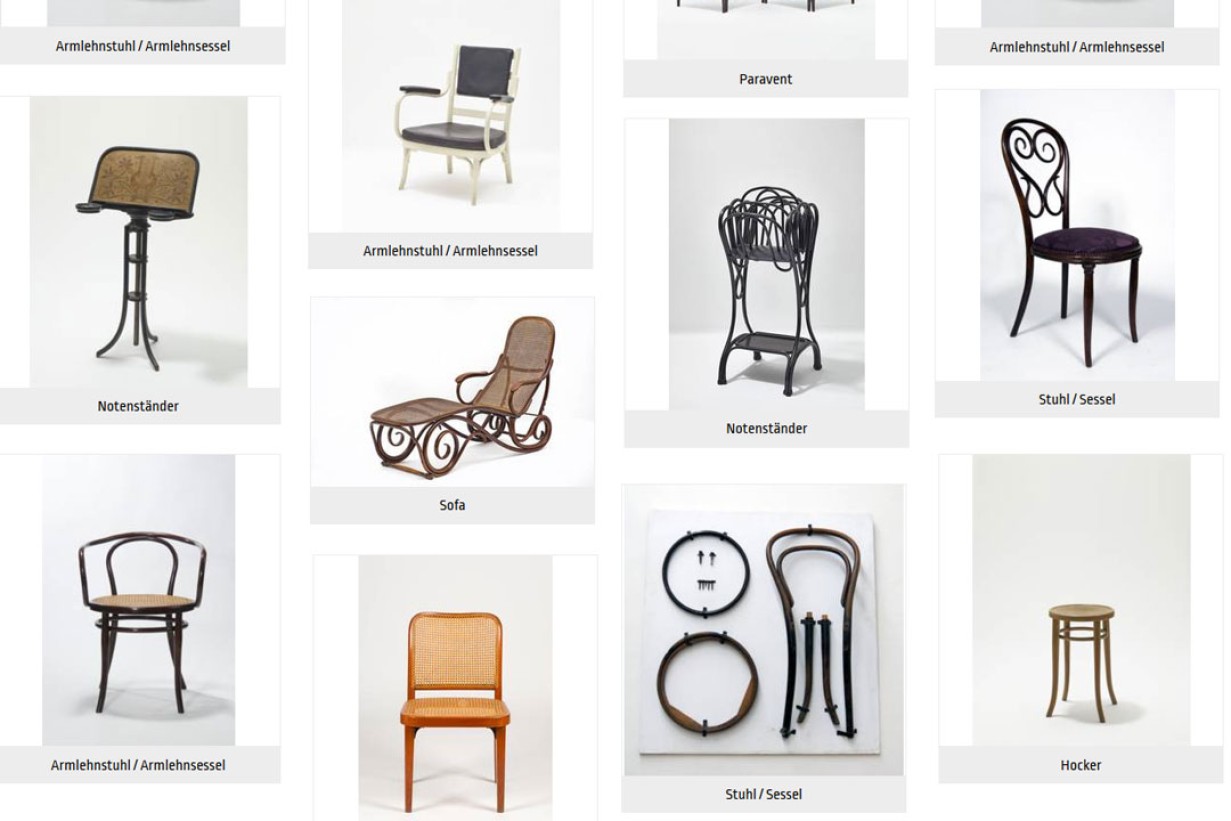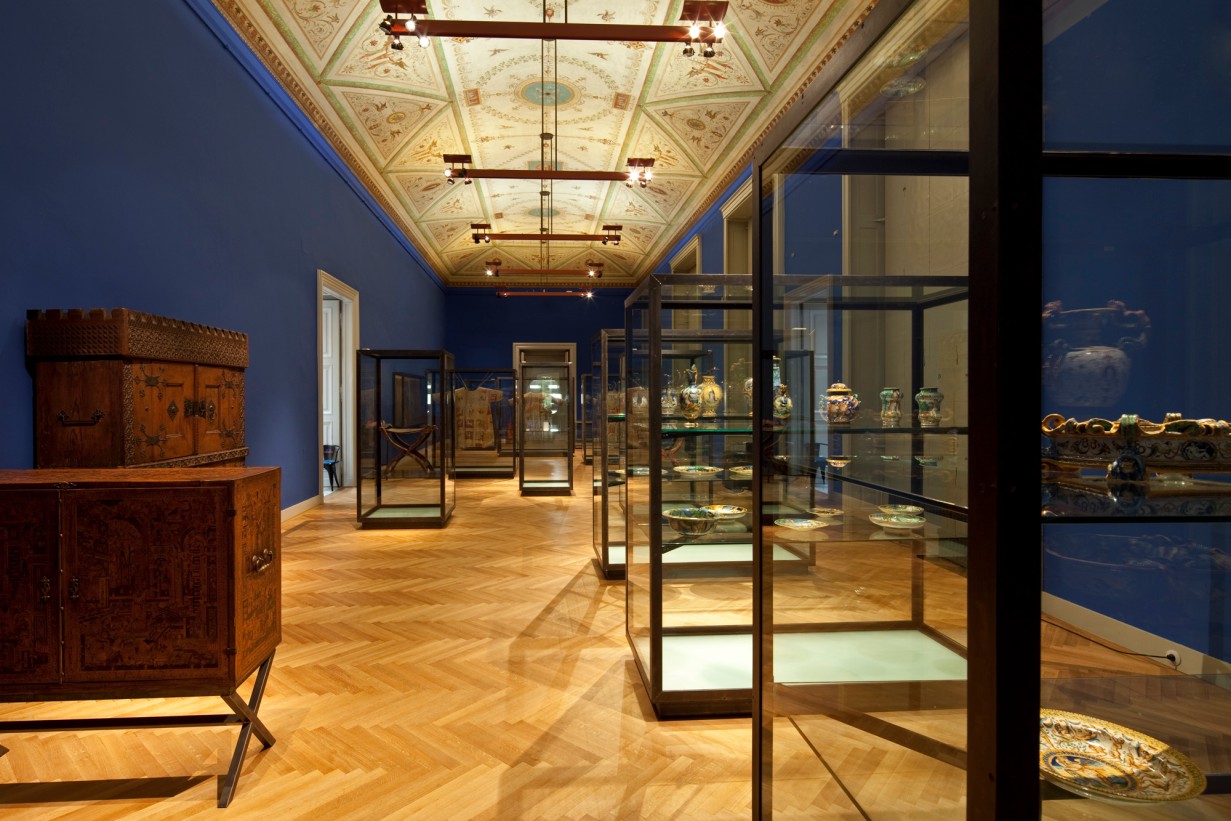
Textiles Study Collection
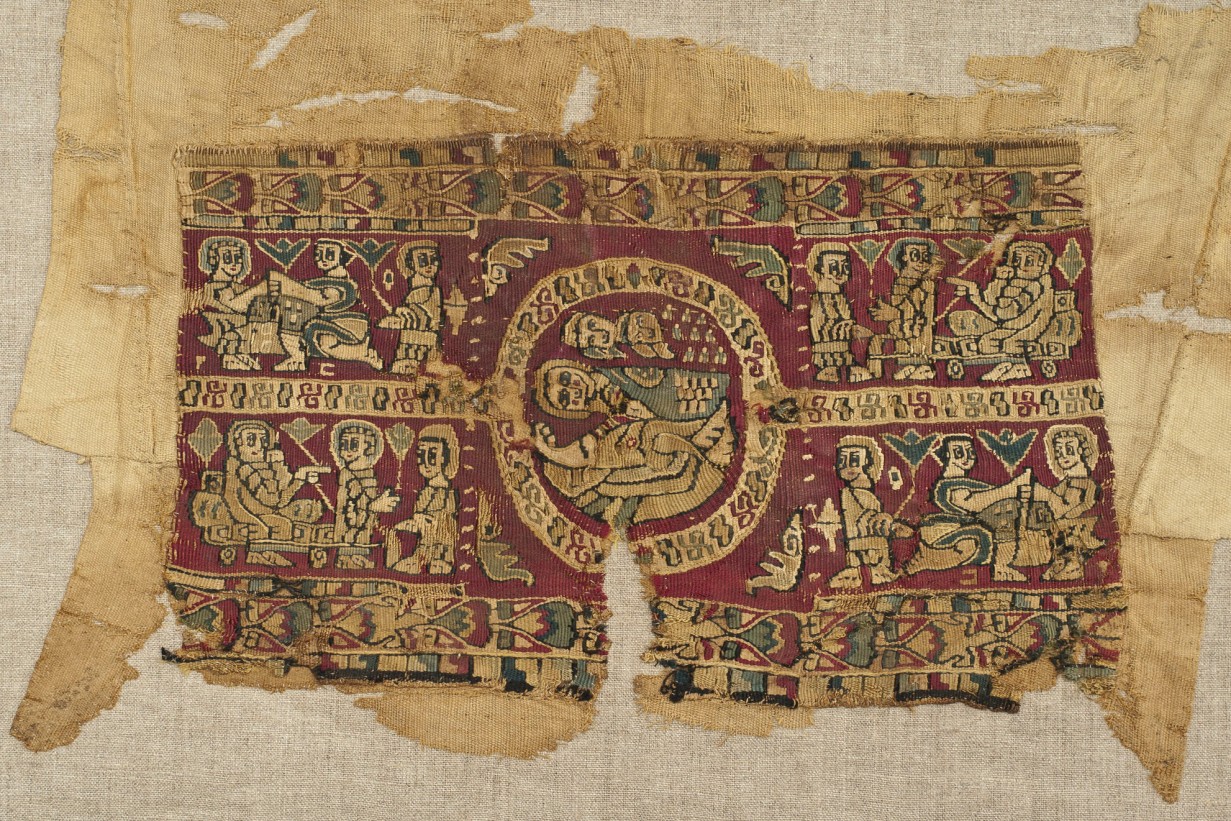
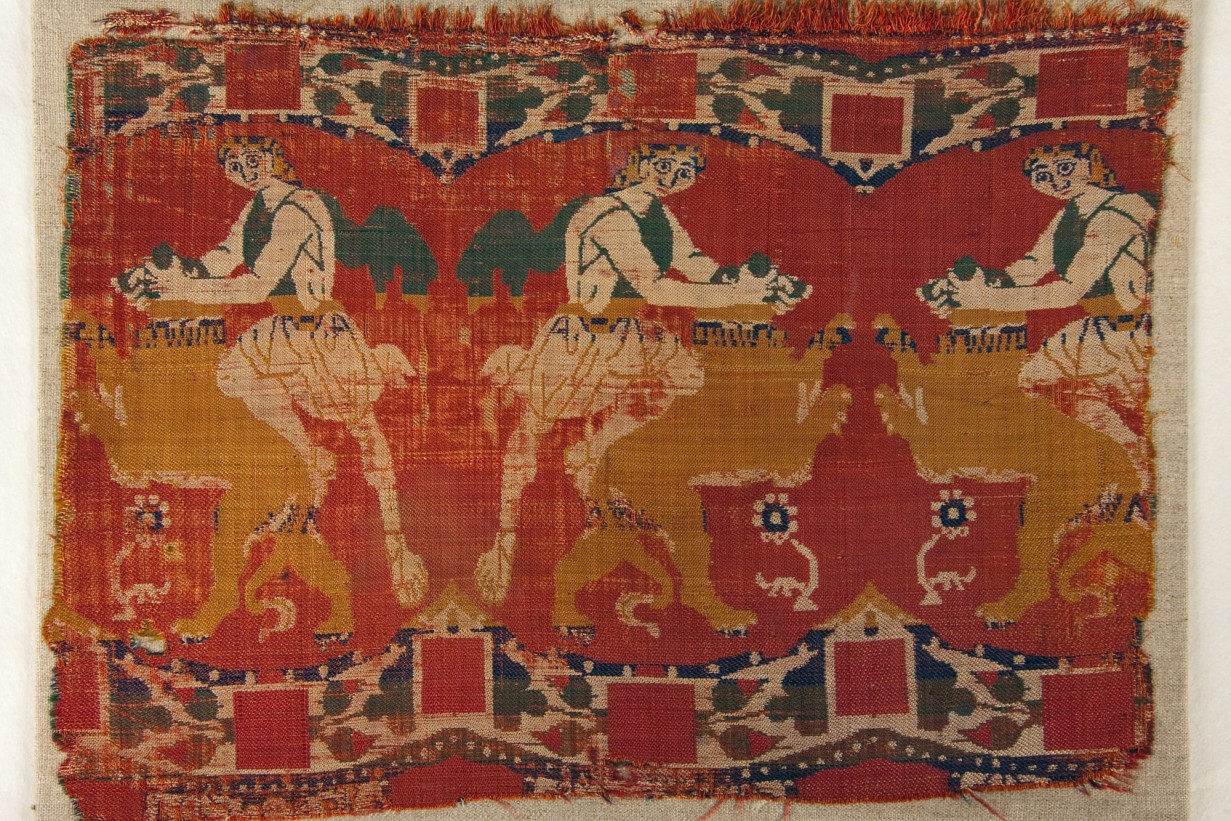
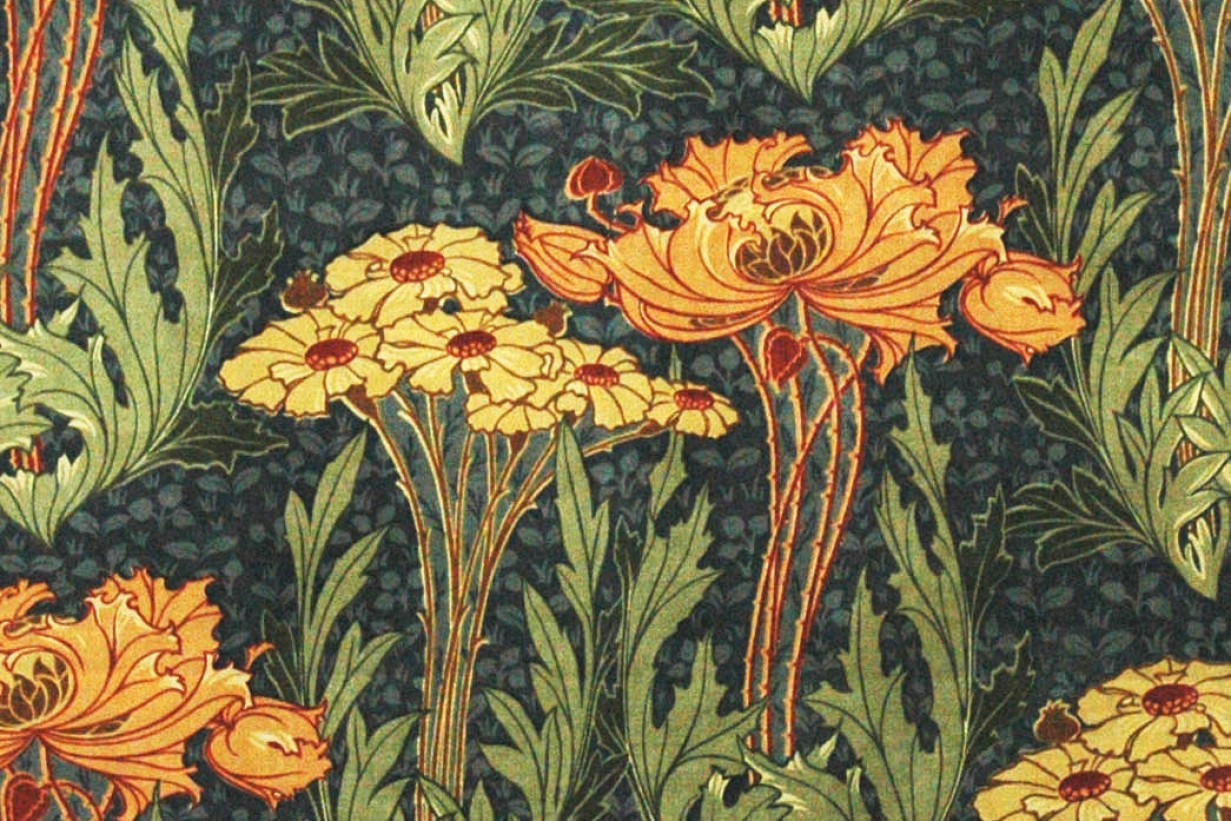
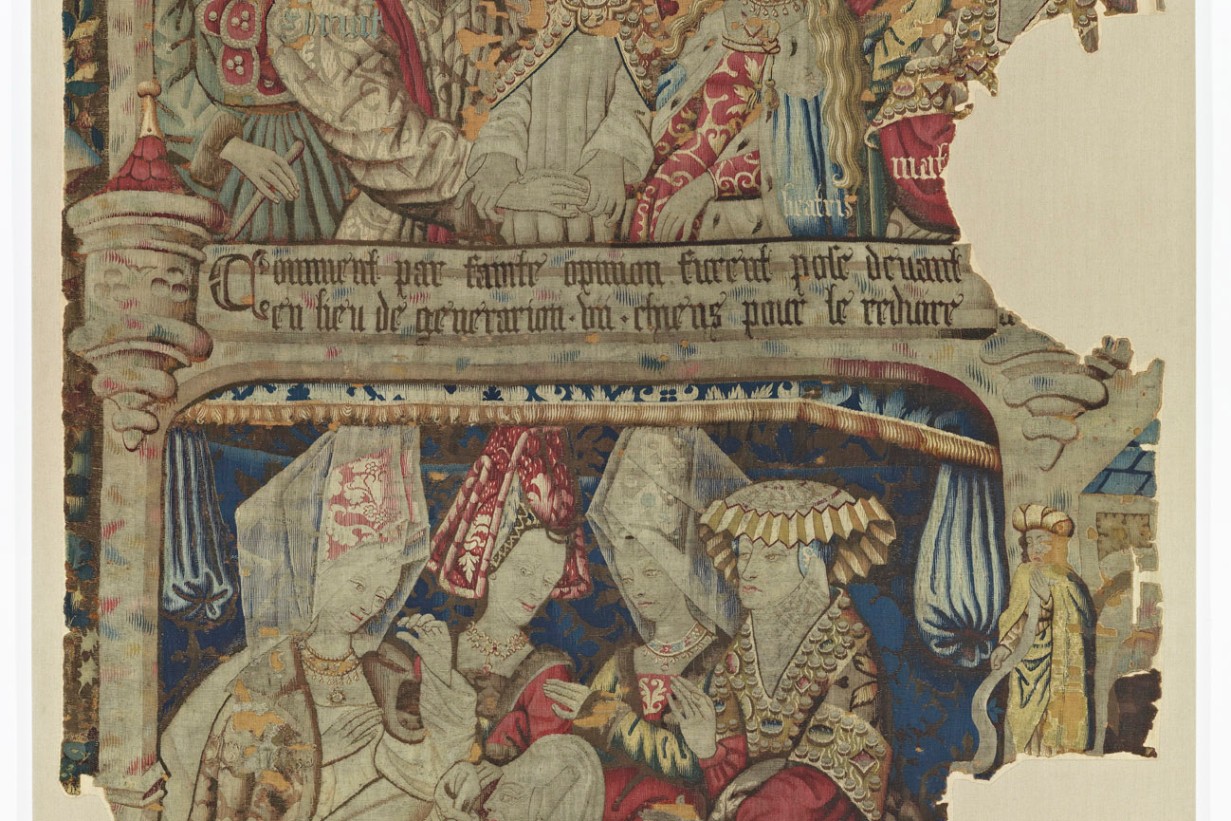
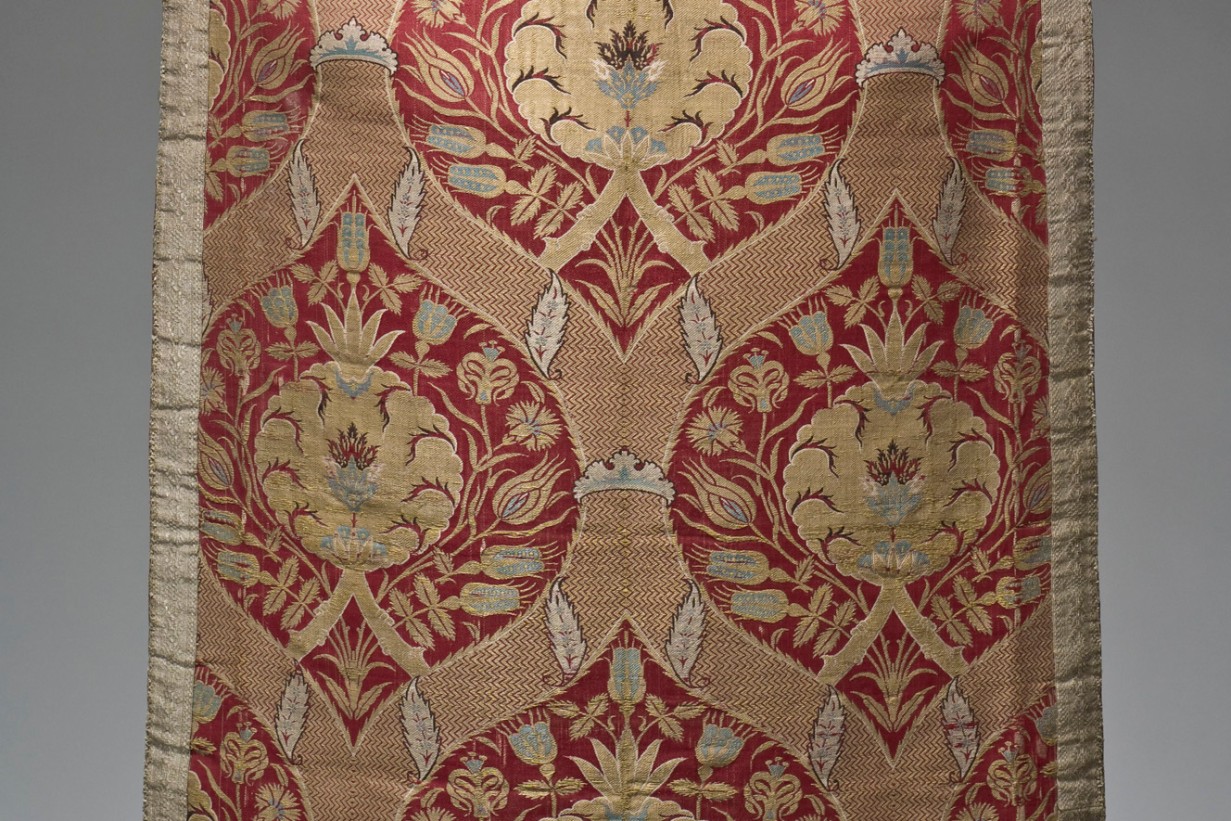
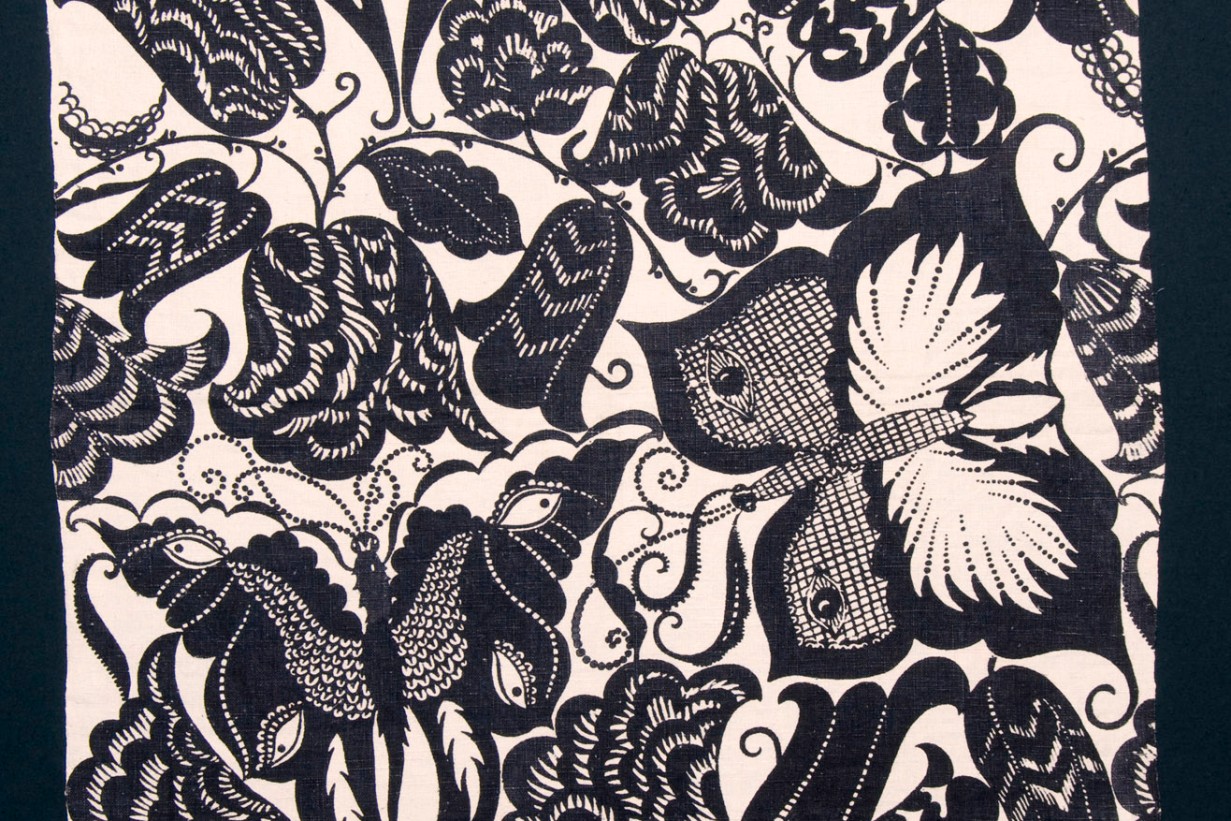
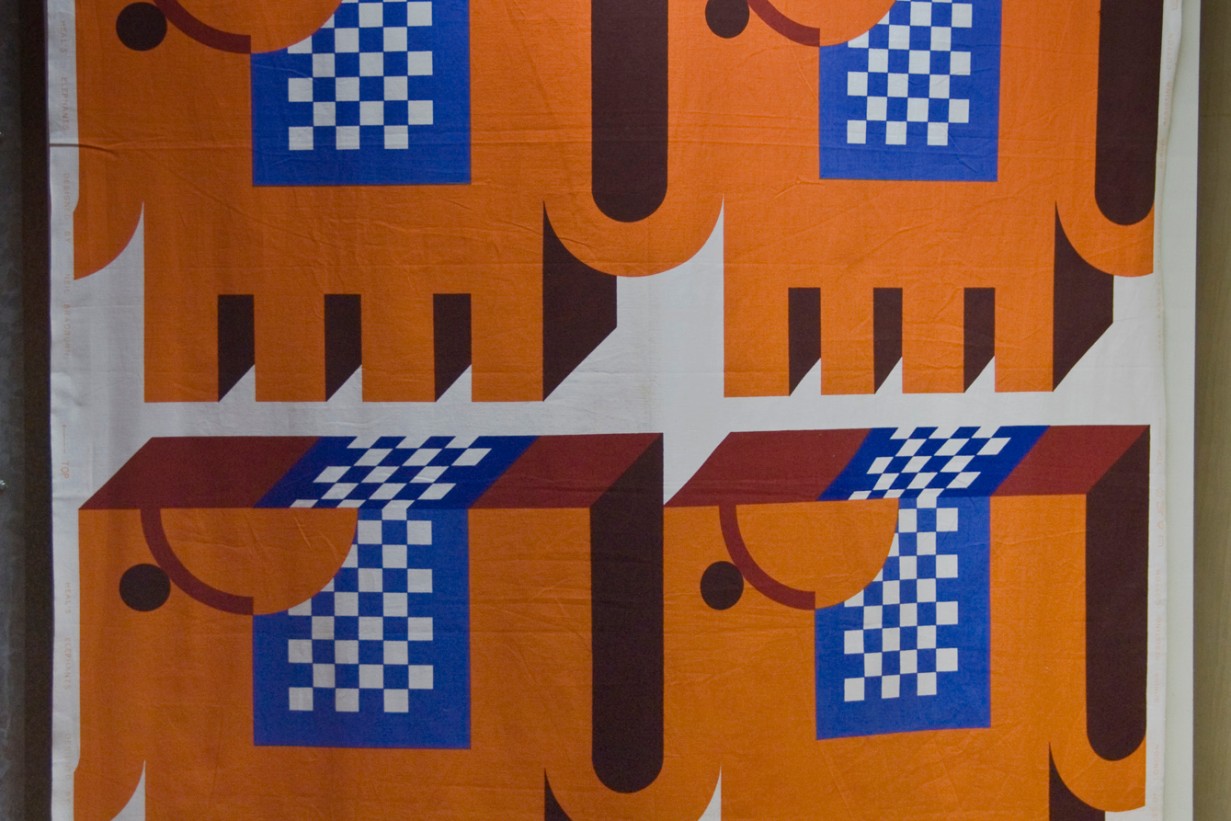
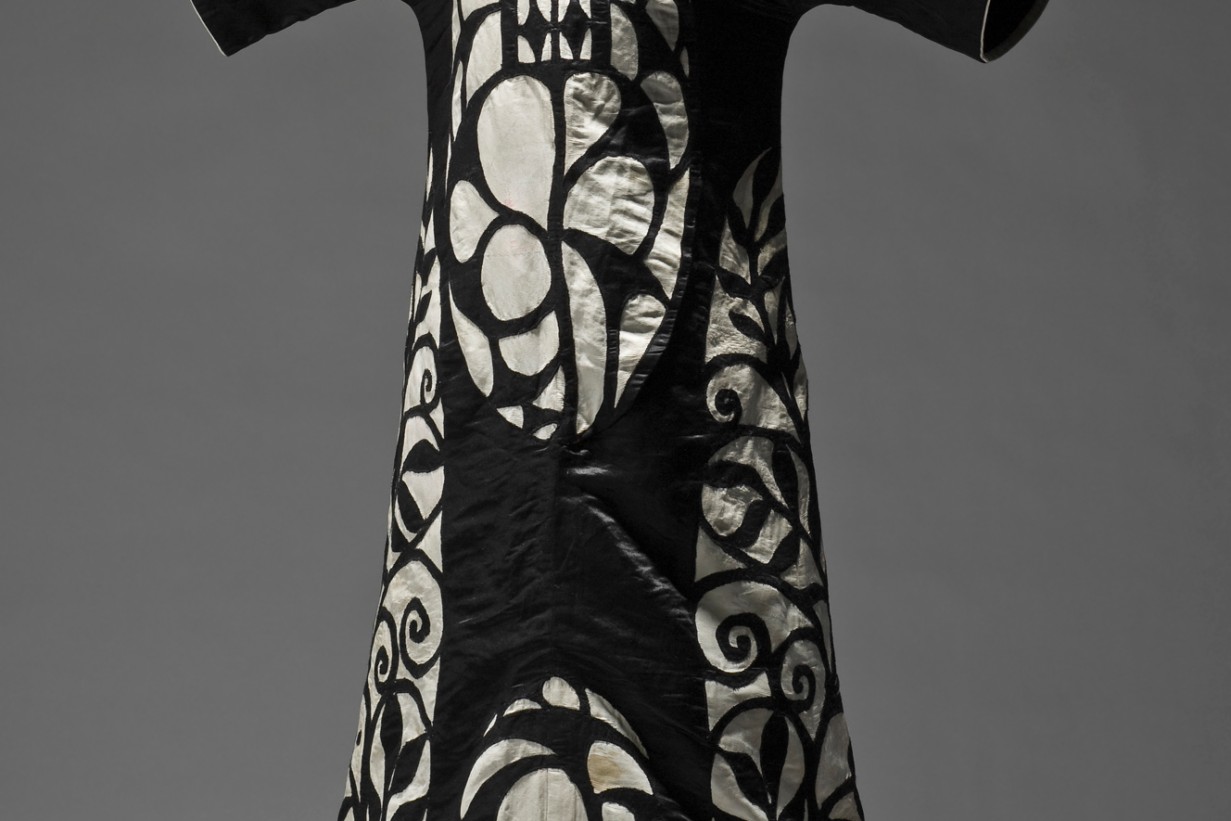
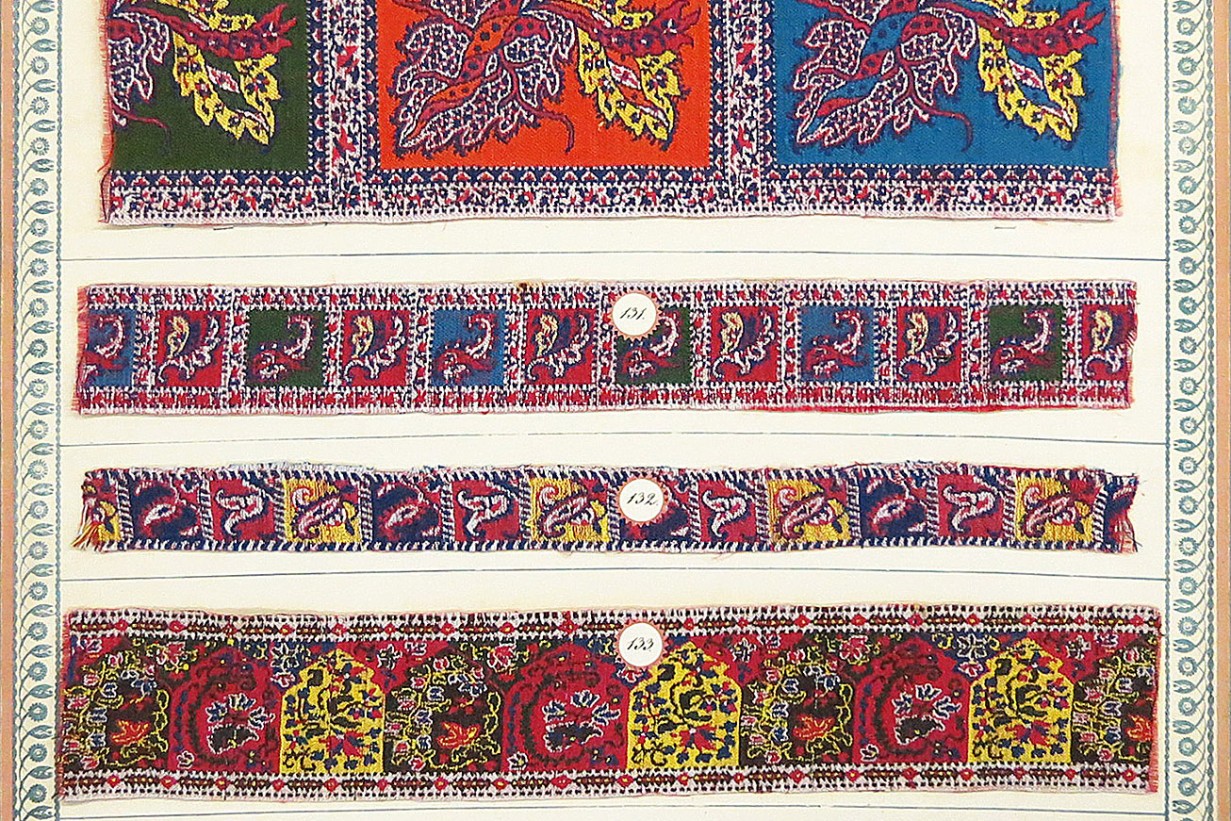
Previous Image
Textiles Study Collection 1993-2013
The MAK is home to an unusually rich and diverse collection of textiles and carpets from Europe and numerous regions of Asia, Africa, and the Americas: these range from artifacts of late antiquity excavated from Egyptian graves (accessible as part of the MAK Collection online to medieval tapestries, embroideries, and paraments, and from world-famous Ottoman and Safavid carpets from the 16th and 17th centuries to textiles produced by the Wiener Werkstätte and contemporary fashion.
Up to the Industrial Revolution, textiles—those fragile witnesses to the past—were the most important commodities worldwide after precious metals and foodstuffs. Even today, they remain important objects of international trade. Along with textiles from far away, Europe saw the arrival of valuable dyes and complex techniques as well as shapes which came to play a role in European ornamentation. By means of early industrial espionage, Europe gained knowledge concerning both the cultivation of raw materials and the complex methods by which they were processed. Great conquerors often brought weavers and embroiderers home as booty: Roger II of Sicily, for example, kidnapped them in the eastern Mediterranean; Timur abducted them to Samarkand, and Afonso de Albuquerque spirited them off from India to Lisbon.
Since textiles should only be exhibited on a temporary basis due to their fragility, each year the Study Collection presents a different excerpt from the collection. Such presentations seek to be definitive with regard to the textiles’ art-historical status, the techniques used to produce and decorate with them, and the cultural and historical contexts within which they were created and used. Past years have included exhibitions on such diverse themes as Kashmir shawls, ecclesiastical paraments, an ensemble of beds from the household of Prince Eugene, and various types of fans; the vast majority of the items shown were drawn from the museum’s own collection. Several exhibitions have been accompanied by major publications, such as Fragile Remnants, which presents the so-called Coptic textiles from late antiquity excavated from Egyptian graves and purchased early on in the museum’s history (Angela Völker: Verletzliche Beute, MAK Studies 5, MAK Vienna / Hatje Cantz, Ostfildern-Ruit, 2005). The exhibition Lace and so on…, featuring the lace collection of Berta Pappenheim was likewise documented in book-form (Völker, Angela: Spitzen und so weiter…, MAK Studies 11, MAK Vienna / Schlebrügge.editor, Vienna, 2007).
Exhibition projects involving several areas of the collection such as the showings THE EMPEROR’S NEW COLORS. 19th-Century Chinese Art and 2 x JAPAN in 2008, as well as exhibitions featuring contemporary fashion designers such as STEPHAN HANN Recycling-Couture, round out the presentations of the Textiles Study Collection.
The MAK is home to an unusually rich and diverse collection of textiles and carpets from Europe and numerous regions of Asia, Africa, and the Americas: these range from artifacts of late antiquity excavated from Egyptian graves (accessible as part of the MAK Collection online to medieval tapestries, embroideries, and paraments, and from world-famous Ottoman and Safavid carpets from the 16th and 17th centuries to textiles produced by the Wiener Werkstätte and contemporary fashion.
Since textiles should only be exhibited on a temporary basis due to their fragility, each year the Study Collection presents a different excerpt from the collection. Such presentations seek to be definitive with regard to the textiles’ art-historical status, the techniques used to produce and decorate with them, and the cultural and historical contexts within which they were created and used. Past years have included exhibitions on such diverse themes as Kashmir shawls, ecclesiastical paraments, an ensemble of beds from the household of Prince Eugene, and various types of fans; the vast majority of the items shown were drawn from the museum’s own collection. Several exhibitions have been accompanied by major publications, such as Fragile Remnants, which presents the so-called Coptic textiles from late antiquity excavated from Egyptian graves and purchased early on in the museum’s history (Angela Völker: Verletzliche Beute, MAK Studies 5, MAK Vienna / Hatje Cantz, Ostfildern-Ruit, 2005). The exhibition Lace and so on…, featuring the lace collection of Berta Pappenheim was likewise documented in book-form (Völker, Angela: Spitzen und so weiter…, MAK Studies 11, MAK Vienna / Schlebrügge.editor, Vienna, 2007).
Exhibition projects involving several areas of the collection such as the showings THE EMPEROR’S NEW COLORS. 19th-Century Chinese Art and 2 x JAPAN in 2008, as well as exhibitions featuring contemporary fashion designers such as STEPHAN HANN Recycling-Couture, round out the presentations of the Textiles Study Collection.
Media
SLEEVE FRAGMENT WITH MOTIFS FROM THE BIBLICAL STORY OF JOSEPH
Egypt, Akhmîm (Panopolis), 6th/7th c.
Linen, wool
T 691 / 1883
ENGLISH DECORATIVE FABRIC
London, before 1898
Design: Silver Studio
Manufacture: Liberty (?)
T 5016 / 1898
TAPESTRY WITH MOTIFS FROM THE LEGEND OF THE KNIGHT OF THE SWAN
Burgundy, Tournai, ca. 1462
Wool, silk, silver thread
T 8211 / 1873
CHASUBLE
Anatolia, Bursa, 3rd quarter 16th c.
Catholic liturgical vestment of Ottoman silk with European woven trimmings
Silk, metal, linen
T 8539 / 1929
DAGOBERT PECHE: “SWALLOW-TAIL” DECORATIVE FABRIC
Vienna, 1911–1913
Manufacture: Wiener Werkstätte
Linen
T 11229 / 1981
NEIL BRANDBURN: ENGLISH “ELEPHANTS” DECORATIVE FABRIC
London, 1975
Manufacture: Heal’s, London
Cotton
T 11727 / 1996, purchased from Francesca Galloway
JOSEF HOFFMANN: BALL GOWN FOR JOHANNA JUSTINE WITTGENSTEIN
Vienna, around 1910
Manufacture: Wiener Werkstätte
Silk, cotton, metal
T 11827 /1999
